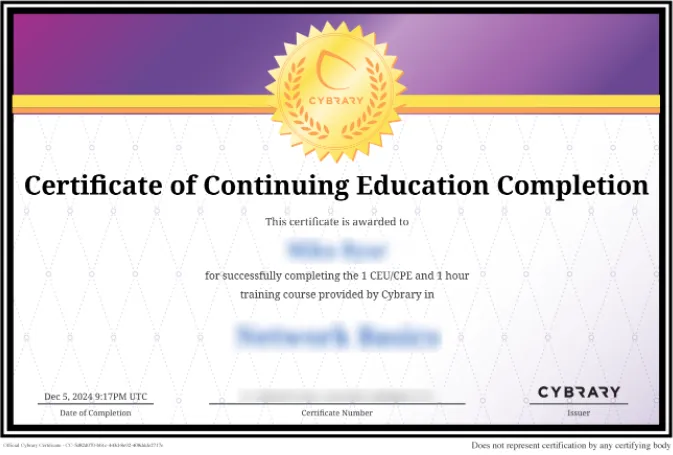Windows Forensics and Tools

Course Content
Windows forensics and tools focuses on building digital forensics knowledge of Microsoft Windows operating systems, as well as some compatible software or tools that can be used to obtain or process information in such systems. Opposite to the common myth, Windows forensics is not easy, even when it is the most commonly analyzed platform in computer forensics, Windows has many Undocumented features and does not allow easy access to many of the physical layer devices, which is needed for bit level operations. You will learn the general methodology used when performing a forensics analysis, which will be the same for Windows operating systems, the process for imaging in Windows and how to do it using third party software, as well as some memory analysis tools.
In order to know how to analyze the evidence, some Windows essentials will be covered, such as System registries (general registry info to look for and where), Windows Prefetch, restore points, Recycle Bin, pertinent system’s files and the structure of important Windows software like E-mail, Offices tools and Internet browsers. You will also learn some important concepts like Steganography and the Drive Nomenclature in Windows, which are key to understand how Windows is structured and where the information can be found.
There are labs and tools that will help you practice for a Windows Forensics Analysis, you will be able to use them and practice with real-life scenarios.

































